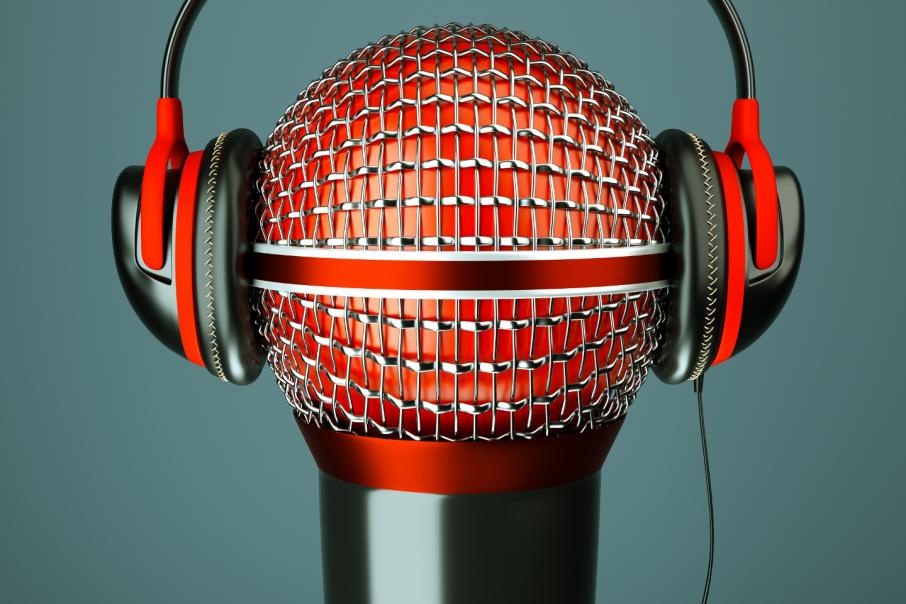Despite having been around since the noughties, podcasts are one of those things that you’re either really into, or know next to nothing about.


Despite having been around since the noughties, podcasts are one of those things that you’re either really into, or know next to nothing about.
A little-known fact is that Twitter actually emerged from Odeo, a podcasting startup from 2005 that failed because it was way too early. Around the same time, I worked for a small podcasting startup in Canada that met the same fate. Now, finally, more than 10 years later, podcasting is really taking off.
For the uninitiated, podcasts are downloadable audio content that ranges from professionally produced radio shows made available via podcast by major media outlets, to do-it-yourself niche content created by individuals using basic recording equipment. Podcasts can be downloaded through a variety of apps, including iTunes, which has offered podcasts since 2005.
Edison Research reports that in the US, where most of the major podcasts are produced, podcasting listenership grew by 23 per cent between 2015 and 2016. According to distribution platform audioBoom, downloads at Australia’s ABC have increased from 21 million in 2008 to 160 million last year. Like the ABC, most major overseas radio broadcasters have been in the podcasting game for a while now, with public broadcasters NPR (National Public Radio) in the US and CBC (Canadian Broadcasting Corporation) producing content that is being downloaded by listeners around the globe.
Newer players include Gimlet Media and Radiotopia, both podcast networks that produce a variety of shows, just like traditional media networks. While Gimlet Media generates revenue largely from advertising, Radiotopia largely relies on listener donations.
And of course there is room for small, truly independent shows such as Australia’s true crime podcast, Casefile, which has grown significantly in popularity since it launched just over a year ago.
One of the key defining features of podcasts is that listeners can subscribe to shows so they automatically get new content as soon as it is released. Podcasts can also be accessed via phones and tablets, which are the most popular forms of engagement, according to US-based C&C.
This makes sense, as the majority of people I talk to who are into podcasts mention how much they love being able to listen to something entertaining or educational while they work out, commute, run errands or do chores around the house.
The ability to multitask is why I am addicted to podcasts. I can keep up to date with the latest technology news or learn about a new business development strategy without having to sit reading blogs and news sites for hours.
For business, podcasting is a powerful new tool for marketing.
“Only 3 per cent of marketers are using podcasts, so there’s a wide open field for it, Alana Mahony from audioBoom Australia said.
“The public are all switched on all of a sudden; people who never listened before are involved now and they’re looking for more.”
Businesses can pay to run their ads during podcasts, with the ability to reach niche audiences who are already on the phones, tablets or computers as they listen.
The branded podcast is another marketing tool available to business. Gimlet Media has a creative division that creates narrative podcast series for major brands such as Tinder and eBay, which provide new ways to engage with consumers.
StartUp (Gimlet Media)
Now in its fourth season, StartUp’s first season began as an almost audio-only reality series which followed the founding and creation of Gimlet Media, which has since gone on to create an additional 10 different podcast series. It is a fascinating and educational look into the podcasting business and the experience of being an entrepreneur. Season two is also worth a listen – as it follows a woman-run startup and the numerous challenges they face, including being female in Silicon Valley.
How I Built This (NPR)
Each episode, the host has an in-depth conversation with the founder of an iconic brand or business, which gets into the nitty-gritty of how they came to be successful. It is entertaining, informative and instructive for seasoned business people and aspiring entrepreneurs alike.
Inside VR & AR (Inside.com)
If you want to know what’s going on in the virtual and augmented reality space before anyone else, listen to this. Hosted by US tech industry fixtures, Robert Scoble and Jason Calacanis.
The Risk Takers (The Globe and Mail)
In a similar style to How I Built This, The Risk Takers follows the real-life dramas of small business owners. The most recent episode features the Canadian founders of Hubud, the Bali-based co-working space I wrote about in my last column. It is equally as instructive for businesspeople as How I Built this, but with more of a focus on the mental and emotional aspects of running a business.
• Kate Raynes-Goldie is a game designer and an innovation and disruptive technology specialist. She is the founder of Games We Play.






